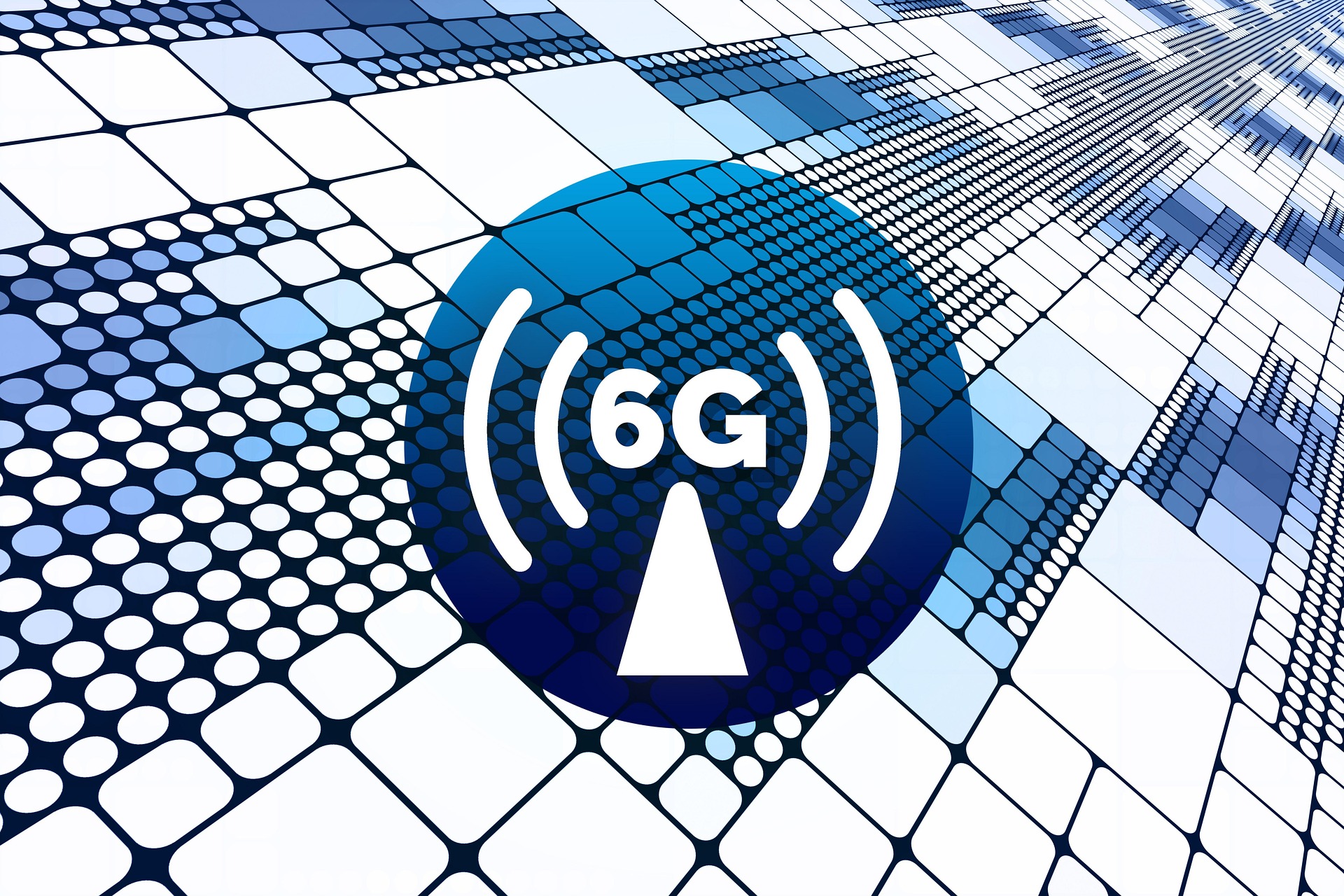As the world continues to adapt to the capabilities of 5G networks, the next frontier in wireless communication is already being explored: 6G. While 5G is still being deployed globally, the next generation of mobile technology promises to revolutionize industries, daily life, and technological advancements far beyond what 5G has achieved. With speeds expected to be up to 100 times faster than 5G, 6G is poised to unlock new possibilities, including high-definition virtual reality (VR), ultra-low latency applications, and advancements in remote-controlled robotics. However, alongside its exciting potential, significant challenges related to security, privacy, and ethical considerations need to be addressed as this technology progresses.
The evolution from 5G to 6G
The transition from 4G to 5G marked a significant leap in speed, reliability, and connectivity. 5G networks provided increased bandwidth, improved latency, and expanded capacity, opening up new possibilities for everything from autonomous vehicles to smart cities. However, 6G is expected to take these innovations even further. The key differentiator of 6G is its ability to enable ultra-fast, near-instantaneous communication, with speeds reaching up to 100 times faster than what 5G offers today. This enhancement will not only benefit consumer mobile devices but will also have transformative impacts on industries like healthcare, entertainment, and manufacturing.
High-definition virtual reality
One of the most promising aspects of 6G connectivity is its potential to revolutionize high-definition virtual reality experiences. While 5G networks already provide impressive speeds, the demands of high-quality VR experiences—particularly those in 3D, augmented reality (AR), and immersive gaming—require a level of bandwidth and latency that 5G cannot fully deliver. 6G, with its ultra-low latency and extreme data speeds, will be able to provide the necessary infrastructure for seamless and uninterrupted VR experiences.
High-definition VR could redefine various fields, including gaming, entertainment, and education. For instance, gaming could evolve into an immersive experience, where users are virtually transported into interactive environments with no noticeable delay. Additionally, VR in education could provide virtual classrooms and real-world simulations for training in complex fields such as medicine, engineering, and the arts. This advancement will allow for greater accessibility to learning experiences and skills development in ways that were previously unimaginable.
Ultra-low latency and real-time applications
Another significant advantage of 6G will be its ultra-low latency, which is expected to be below one millisecond. This reduction in latency will allow real-time communication and operations, which is critical for applications like remote-controlled robotics, telemedicine, and autonomous vehicles. In particular, industries that require immediate action based on data, such as healthcare and logistics, will benefit greatly from 6G’s real-time capabilities.
In the healthcare sector, 6G technology could enable real-time remote surgeries with extremely high precision. Surgeons could control robotic systems from thousands of miles away, responding to minute movements and making real-time adjustments with zero latency. This technology could expand healthcare access to remote areas and provide life-saving treatment in regions where medical expertise is scarce.
The logistics industry, too, stands to benefit from 6G’s ultra-low latency, enabling real-time tracking and coordination of supply chains. With the advent of autonomous vehicles, trucks, and drones, instant communication between these vehicles and centralized systems will be crucial for the efficient operation of fleets and the timely delivery of goods.
Advancements in remote-controlled robotics
6G networks will enable advancements in remote-controlled robotics, opening up a world of possibilities for various industries. The need for high-speed, low-latency communication will be essential for precision tasks, such as in hazardous environments where human presence is limited or dangerous. Robotics can be applied to tasks in mining, deep-sea exploration, disaster relief, and even military operations. Remote-controlled robotics can work efficiently in these scenarios, with operators being able to manipulate machines in real-time with minimal delay.
One of the most exciting prospects is in the realm of industrial automation. Factories, warehouses, and other industrial facilities could see a drastic increase in efficiency with the deployment of remote-controlled robots capable of making split-second decisions and adjustments. These systems will improve safety, reduce operational costs, and enable 24/7 productivity.
Security and privacy concerns
While the potential benefits of 6G are vast, the emergence of this new technology raises several concerns regarding security and privacy. As the speed and capabilities of networks increase, so too do the risks associated with cyberattacks, data breaches, and unauthorized access to sensitive information. The massive increase in data transfer rates associated with 6G also means that more data will be in transit, which could become an attractive target for malicious actors.
Cybersecurity experts predict that 6G will require new encryption methods and advanced security protocols to safeguard communication networks. This is especially crucial in sectors like finance, healthcare, and government, where data protection is a top priority. As 6G networks will be integral to systems controlling autonomous vehicles, remote surgeries, and smart cities, security measures will need to be robust enough to prevent malicious interference.
Privacy concerns are also expected to escalate. With 6G enabling real-time data collection and sharing from various connected devices, individuals’ personal information will be constantly in transit. This could lead to heightened surveillance and privacy risks if proper safeguards are not established. Striking a balance between the benefits of 6G and the protection of personal data will be essential to prevent exploitation of sensitive information.
As exciting as the promise of 6G is, there are numerous challenges that need to be addressed before its widespread implementation. The development of 6G is still in the research and experimental stages, with many technological advancements needed to meet the speed and latency targets. One of the biggest challenges will be the deployment of the necessary infrastructure to support 6G connectivity, including the construction of new satellite constellations, improved antenna systems, and the expansion of global network coverage.
Additionally, international collaboration will be essential to ensure that 6G networks are interoperable across different countries and regions. Governments, telecommunications companies, and technology developers must work together to establish standardized protocols, security measures, and regulatory frameworks that will govern 6G networks.
The future of connectivity
In summary, 6G connectivity promises to usher in an era of unprecedented technological advancements, including high-definition virtual reality, real-time applications, and enhanced robotics. While the potential benefits are immense, the journey to 6G will require overcoming significant technical, security, and regulatory challenges. As this next generation of wireless technology continues to evolve, it will be critical to address privacy concerns and ensure the responsible use of 6G networks. The world is on the brink of a new era in connectivity, one that will redefine how we live, work, and interact with technology.





